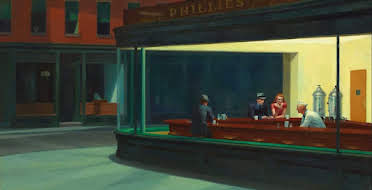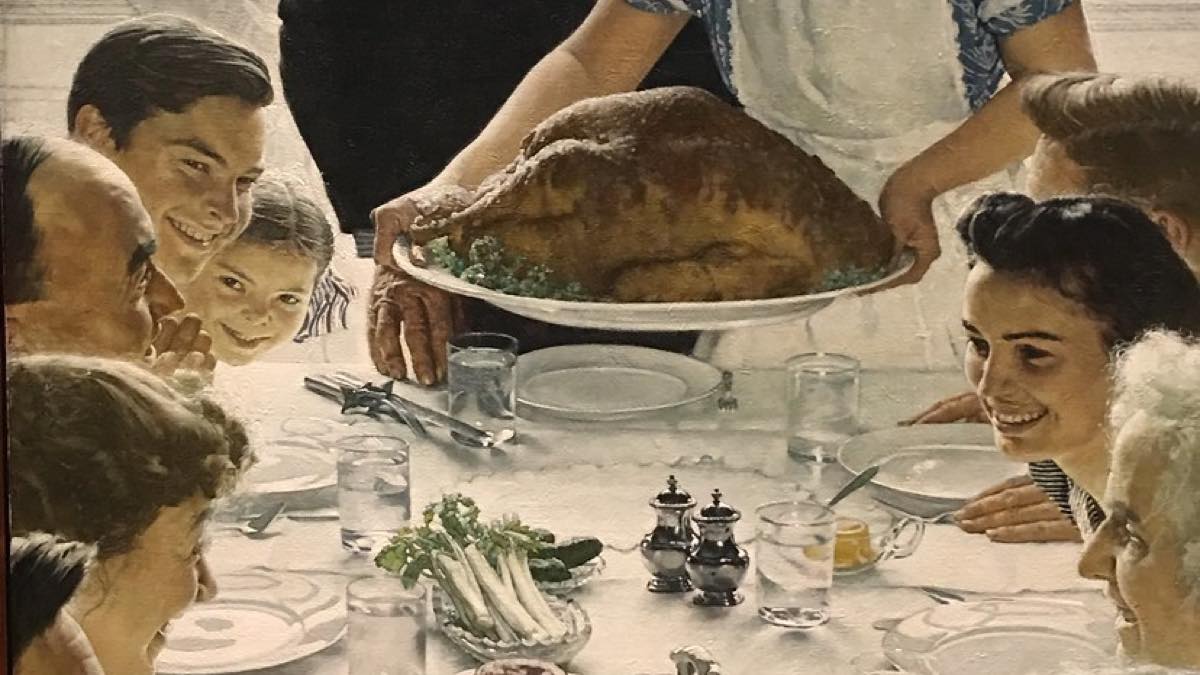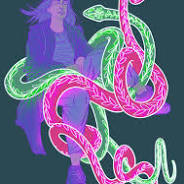The Art of Collecting: A Passion for Collectors
Collecting is more than just a hobby; it is a passion that drives individuals to seek out and acquire items of interest, value, or significance. Whether it’s rare coins, vintage stamps, antique furniture, or contemporary art, collectors are united by their love for preserving and appreciating objects that hold personal or historical importance.
The Thrill of the Hunt
For many collectors, the thrill lies in the hunt for that elusive piece to add to their collection. Whether scouring flea markets, attending auctions, or browsing online marketplaces, the excitement of discovering a hidden gem can be exhilarating. The satisfaction of finally acquiring a sought-after item can be a rewarding experience that fuels the collector’s passion even further.
Preserving History and Culture
Collectors play a vital role in preserving history and culture through their dedication to acquiring and safeguarding valuable artifacts. By collecting and caring for these items, collectors ensure that they are passed down through generations, allowing others to appreciate and learn from them in the future.
The Joy of Curating a Collection
Curating a collection is an art form in itself. Collectors carefully select and display their items in a way that tells a story or reflects their unique interests and tastes. Whether organizing by theme, time period, or artistic style, the process of curating a collection allows collectors to showcase their treasures in a meaningful and visually appealing manner.
Connecting with Like-Minded Individuals
Collecting can also be a social activity that brings like-minded individuals together. Whether attending collector’s fairs, joining online forums, or participating in local meetups, collectors have the opportunity to connect with others who share their passion. These connections can lead to valuable exchanges of knowledge, experiences, and even trading or selling items to enhance each other’s collections.
A Lifelong Pursuit
For many collectors, collecting is not just a hobby but a lifelong pursuit. The joy of adding new pieces to their collection never diminishes; instead, it evolves as they continue to expand their knowledge and appreciation for the items they collect. Each new acquisition brings fresh excitement and fulfillment as they continue on their collecting journey.
Exploring the World of Collecting: Common Questions and Insights for Enthusiasts
- What types of items do collectors typically collect?
- How do collectors determine the value of their items?
- Are there any famous collectors known for their impressive collections?
- What are some tips for starting a collection as a beginner?
- How do collectors ensure the authenticity and provenance of their items?
- What are some common challenges that collectors face in maintaining their collections?
What types of items do collectors typically collect?
Collectors have a wide range of interests and preferences when it comes to the types of items they collect. Some collectors focus on specific categories such as coins, stamps, vintage toys, or antiques. Others may specialize in collecting art, rare books, sports memorabilia, or even unique items like movie props or autographs. The diversity of collector interests means that there is no limit to the types of items that collectors typically collect, reflecting their individual passions and curiosities. Whether it’s historical artifacts, pop culture memorabilia, or niche collectibles, collectors are united by their enthusiasm for acquiring and preserving items that hold personal significance or value to them.
How do collectors determine the value of their items?
Collectors determine the value of their items through a combination of factors such as rarity, condition, provenance, and current market demand. Rarity plays a significant role in assessing value, as items that are scarce or limited in quantity tend to command higher prices. The condition of an item is also crucial, with well-preserved pieces often fetching higher values than those with damage or wear. Provenance, or the documented history of an item’s ownership and authenticity, can greatly influence its value. Additionally, collectors stay informed about market trends and seek expert opinions to gauge the current demand for specific items, helping them make informed decisions about the worth of their collections.
Are there any famous collectors known for their impressive collections?
There are several famous collectors known for their impressive collections across various fields. Art collectors like Peggy Guggenheim, who amassed a renowned collection of modern art, and Charles Saatchi, known for his contemporary art collection, have left a lasting impact on the art world. In the realm of rare books and manuscripts, J.P. Morgan and Henry E. Huntington are celebrated for their extensive libraries that have become cultural treasures. Additionally, figures like Jay Leno, known for his classic car collection, and Philatelists like Queen Elizabeth II, who has an extensive stamp collection, showcase the diverse interests and passions of famous collectors whose legacies continue to inspire enthusiasts worldwide.
What are some tips for starting a collection as a beginner?
Starting a collection as a beginner can be an exciting and rewarding experience. To begin your journey as a collector, consider starting small and focusing on a specific theme or type of item that interests you the most. Researching about the items you wish to collect, attending collector’s fairs or exhibitions, and connecting with experienced collectors can provide valuable insights and guidance. Setting a budget and being patient in building your collection over time can help you avoid overspending and make thoughtful choices. Remember that collecting is a personal journey, so trust your instincts and choose items that resonate with you on a personal level. Enjoy the process of discovering new pieces and expanding your collection as you delve deeper into the world of collecting.
How do collectors ensure the authenticity and provenance of their items?
Ensuring the authenticity and provenance of items is a critical concern for collectors. To verify the authenticity of an item, collectors often rely on expert appraisals, authentication certificates, and provenance documentation that trace the item’s history and ownership. They may also conduct thorough research, consult specialized databases, and seek opinions from reputable dealers or auction houses. By meticulously documenting the provenance of their items, collectors can establish a clear chain of ownership and historical context, providing valuable insights into the item’s origin and significance within their collection. This rigorous process helps collectors maintain the integrity of their collection and safeguard against acquiring counterfeit or misrepresented items.
What are some common challenges that collectors face in maintaining their collections?
Collectors often encounter various challenges in maintaining their collections. One common issue is the preservation of items, especially when dealing with delicate or perishable materials that require special care to prevent deterioration. Another challenge is storage space, as collections can quickly outgrow available room, leading to the need for creative storage solutions. Additionally, collectors may face difficulties in authenticating and verifying the provenance of items, particularly when dealing with rare or valuable pieces. Managing finances to support the collection can also be a concern, as acquiring and maintaining items can be costly. Lastly, balancing time and dedication between maintaining the collection and other responsibilities can pose a challenge for collectors seeking to nurture their passion amidst busy schedules.




